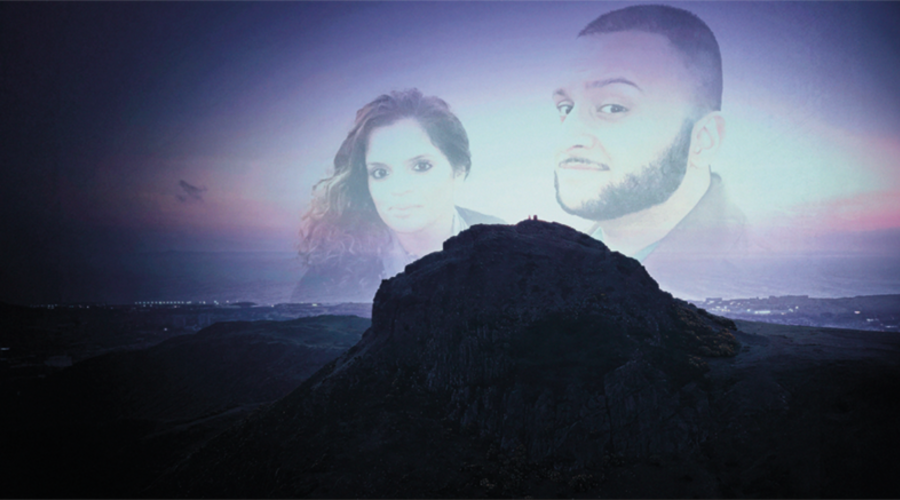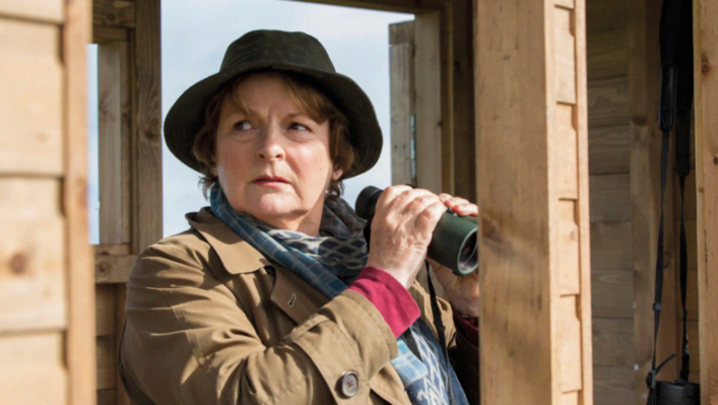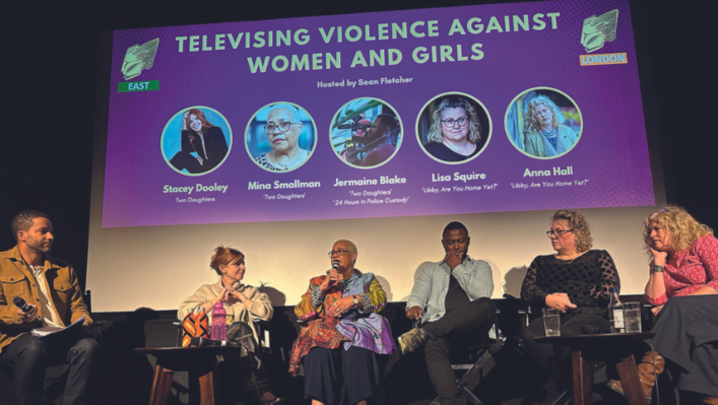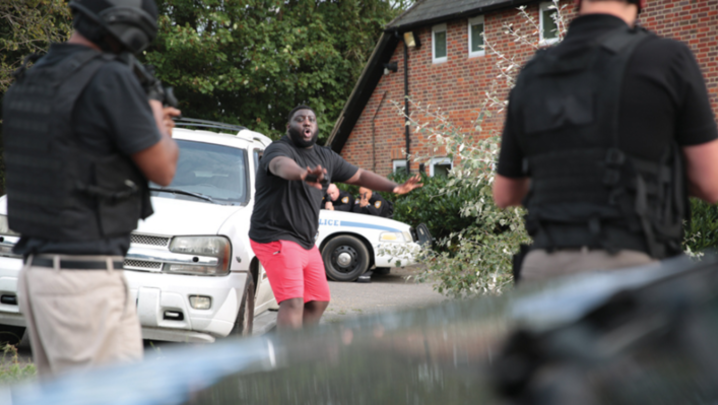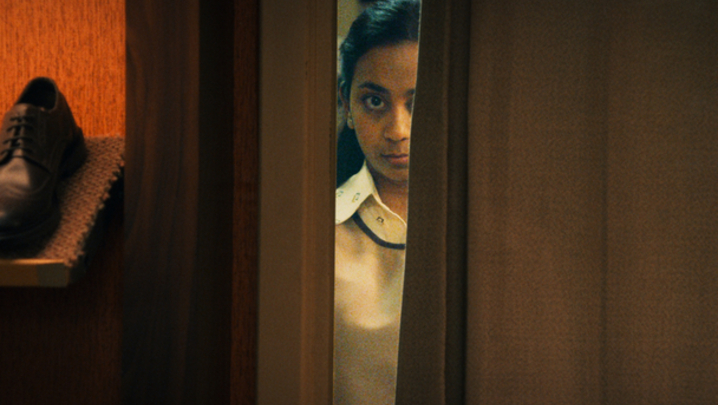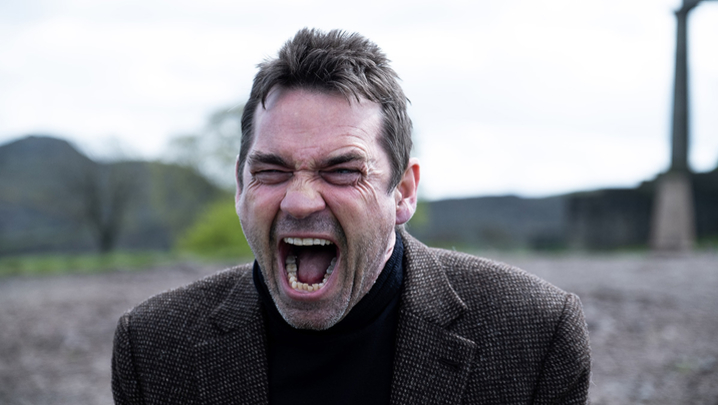Carole Solazzo dissects the art of good factual storytelling
A writer friend of mine defines a gripping documentary as “great drama” telling “a compelling story with a character we can root for”. There’s no doubt that mass audiences are there for documentaries, but what are the storytelling techniques that keep them hooked?
We’re living in an age when documentaries are everywhere, shown across broadcasters and streamers. From science to survival, travel to true crime, the storytelling techniques are now more sophisticated than they have ever been.
Take true crime. On BBC iPlayer alone, I found 40 films and series under that wide-ranging umbrella. One of the most successful in 2023 was Sky Crime’s three-part, multi-award-winning Libby, Are You Home Yet?, about student Libby Squire, who was murdered in Hull in 2019.
Chief Creative Officer of Candour Productions, Anna Hall, produced and directed the show: She says: “In the pre-title, in two and a half minutes, we’ve totally captured Libby’s character and relationship with her mum.”
Using photos, video, audio, favourite music and friends’ anecdotes, Hall sets up and makes us “fall in love with” our hero, infers a dangerous villain, and creates tension and suspense: will her killer be found?
John Yorke is a narrative consultant and former Head of Drama at Channel 4 and Controller of BBC Drama Production. He says: “Stories were used historically to transmit information quickly to your tribe. When you’re exposed to new information, almost immediately you will search for a hero and a villain, whether it’s fiction or [factual].”
In The Push: Murder on the Cliff, Candour’s two-part Channel 4 documentary about the murder of Leeds lawyer Fawziyah Javed, we get to know Javed, then follow her mother Yasmin’s fight for justice for her daughter, using the trail of evidence Javed left behind. Will she get justice? We keep watching because we need to know.
Director Sara Hardy says of BBC One’s Gentleman Jack Changed My Life: “It’s about people coming out, learning for the first time who they are and sharing that with family and friends.” The jeopardy for one protagonist, Chichi, is: ‘Will my grandparents still love me when they know the truth?’
These storytelling techniques are clearly valid for other documentaries covering diverse topics. Sport, for instance, or natural history – where the jeopardy is often “will these creatures survive?”.
“One dramatic storytelling technique I use is to mention something early on, then later reveal another aspect of that,” says producer/director Ben Southwell. He filmed a wildlife documentary for BBC One about the setting up of a sanctuary for orphan chimpanzees, “featuring a cute chimp called Nkuumwa. Near the end, we revealed that ‘Nkuumwa’ means ‘I am protected’. You realise this whole story is entirely about protection. You get that fantastic pay-off, that warm glow.”
But what about history documentaries? BBC Two’s recent Pompeii: The New Dig begins like an episode of Silent Witness, with the gentle unearthing by archaeologist Dr Valeria Amoretti of a woman’s skeletal remains. We ask: “Can our protagonist successfully unearth the remains? Can she find out who this woman was? What happened to her?”
In these documentaries, the narrator journeys afar, like bards of old, returning with stories of distant places, historical events, heroes long gone.
“Even in the gentlest factual, those things are there,” Southwell explains. “There are always stakes. In the Nick Knowles adventure series, it’s not ‘Will I survive?’… but it doesn’t have to be. Because you’re still inviting the viewers to take that journey with you. The antagonist can be lots of things [in the process of] getting through the journey.”
Implicit are questions that we want answers to or promises we’re eager should be kept.
In Southwell’s Rick Stein’s Road to Mexico, shown on BBC Two, Stein retraces the steps he took in the 1960s when he travelled to Mexico with a little money his father left him. The series asks: “Can I recapture the experiences of my youth? Will it mean as much to me now as it did then?”
In bushcraft expert Ray Mears’s series, the promise is this: “Come with me, and I’ll change the way you look at the natural world for ever.”
According to Yorke, identification with the protagonist is a key factor. “The scientific explanation is that your mirror neurons kick in [these brain cells fire when you perform an action or you watch someone else perform that action]. Your brainwaves start to behave as if you are the protagonist. The more you identify with the protagonist, and the more you hate the antagonist, then the more engrossed you become.”
To return to Libby, Are You Home Yet?, Anna Hall recalls: “The River Humber played an enormous part in [Libby’s] story because she was dumped into a tributary and swept out into the Humber. We had a massive task to show how vast the estuary was, and how almost impossible it was that Libby would be found.”
To create the Humber as antagonist, “we shot on widescreen to convey a massive sense of space. I shot day, night, rain, sun, dusk, dawn – every single weather condition and different time of day. And I had a sound recordist record authentic river sounds.”
Later, the antagonist river turns into an ally. Near the end of the documentary, it gives up the young woman’s body just hours before she would have been swept away into the North Sea and lost for ever.
Yorke insists that “a good storyteller understands how to structure a story to make it engaging and entertaining and carry the message they want to get across”. Hall adds: “When you’re making a box set, you have to think about where to break the story so that the audience comes back.”
Libby, Are You Home Yet? is the fastest-binged box set in Sky Crime history, which proves that she got it right.
“Story structure mimics the process of perception,” Yorke says. “The child goes out into the world, touches a lit match, and then returns changed.” Or, in other words: set-up, conflict, resolution.
Sara Hardy puts it like this: “What’s the reality now? What’s happening? What’s the struggle? How are you going to resolve it? What’s the new reality?
“But documentaries are unpredictable,” she admits. “We filmed over six months with an idea of what the story would be: how watching the drama Gentleman Jack [about the life and loves of 19th-century lesbian Anne Lister] emboldened contemporary women of all ages to come out.”
But how can tension and suspense be maintained in companion documentaries such as ITVX’s Mr Bates vs the Post Office: The Real Story, when the outcome is already known from watching the drama?
Hall has the answer. “What the drama did was condense this very difficult story and turn it into a human story,” she says. “What documentary can do is show you Fawziyah’s mum and Libby’s mum. You’re watching them, thinking, ‘My God, this has happened to a real person’.
“We use all the storytelling techniques at our disposal to help the audience understand what the story is – and to care.”

